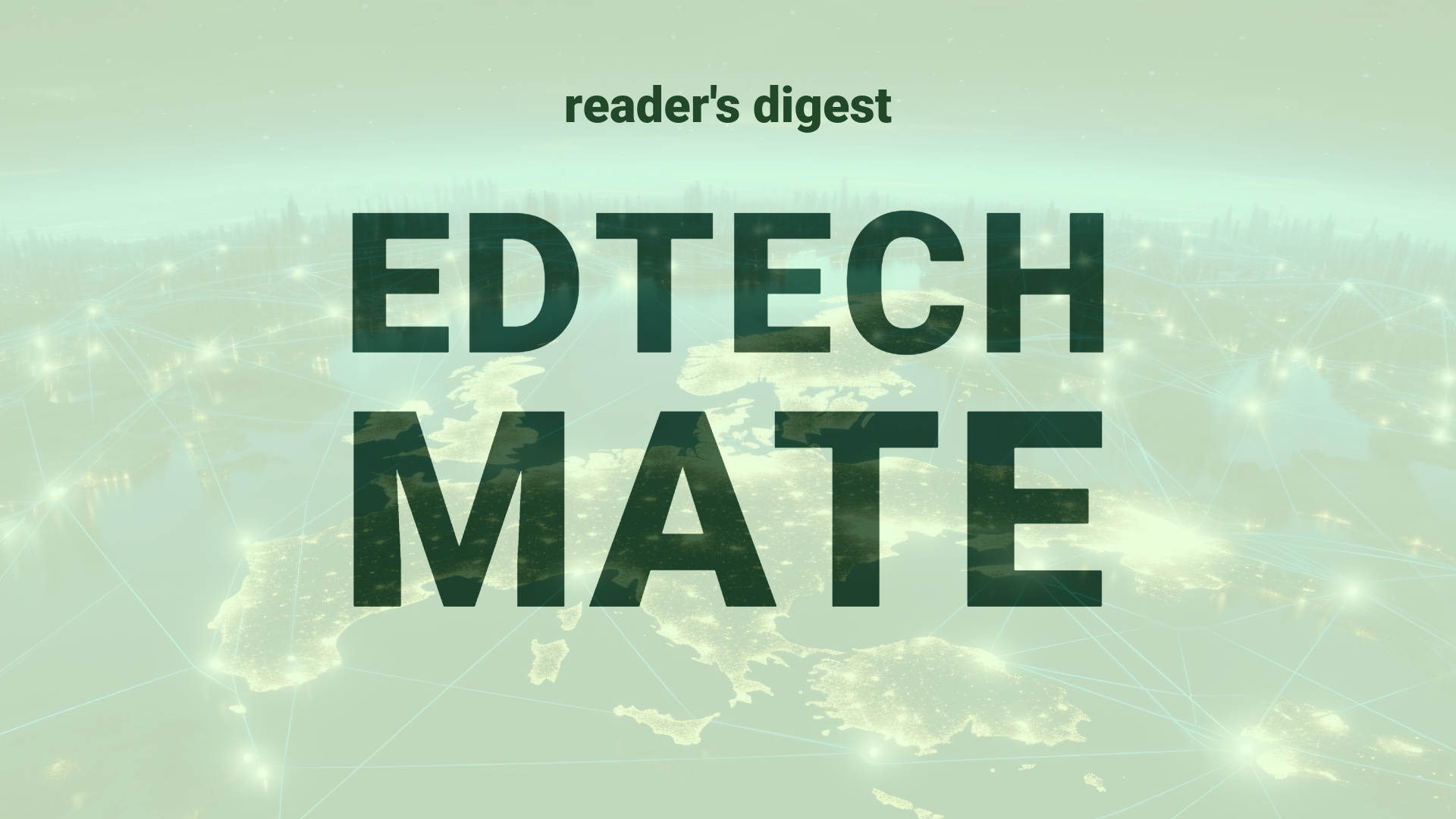Executive Summary and Main Points
The dialogue surrounding the encouragement of employee voice within organizations has become increasingly pertinent in today’s global higher education and corporate environments, particularly as it ties into leadership, digital transformation, and the cultivation of a culture of trust and transparency. Evident trends suggest a shift from hierarchical, top-down communication patterns towards more participatory and inclusive models. The article outlines effective tactics that leaders can utilize to foster a culture where team members feel empowered to provide honest feedback and contribute to strategic direction, taking into account the complex dynamics of psychological safety and the power differentials within the workplace.
Potential Impact in the Education Sector
The strategies outlined have significant implications for Further Education, Higher Education, and Micro-credentials. By implementing communication practices that mitigate power dynamics and promote psychological safety, institutions can more effectively engage in strategic partnerships and leverage digitalization efforts. These changes are vital in an era where global education is increasingly interdependent and where fostering inclusivity can lead to more innovative and responsive educational practices.
Potential Applicability in the Education Sector
The applicability of employee empowerment extends to the arena of AI and digital tools in global higher education systems. For example, incorporating AI to personalize learning and feedback systems can encourage students and faculty alike to contribute their insights and concerns without fear of repercussions. Establishing clear communication preferences and channels suited to different needs, as well as acknowledging individual contributions in team settings, are strategies that can be adapted to foster a more inclusive and supportive educational environment.
Criticism and Potential Shortfalls
While these approaches offer valuable insights into fostering a culture of voice rather than silence, they may face criticism for lack of applicability in varying cultural contexts, where power distance and communication norms differ significantly. Additionally, there might be ethical considerations regarding the transparency and privacy of employees or students when utilizing digital tools and AI in communication. Real-world examples from international education systems can provide comparative insights into the effectiveness and appropriateness of these methods across different cultural and institutional landscapes.
Actionable Recommendations
In light of the technological and participatory shifts in global higher education, leaders should consider integrating communication platforms that enhance transparency and consider the diverse preferences of their team members. Establishing clear guidelines and systems for attribution of work can foster a merit-based environment that encourages contribution. Additionally, tailored professional development aimed at building leadership competencies around psychological safety and inclusion can further embed these practices within an institution’s culture. Such changes can pave the way for more dynamic and responsive education systems that are better equipped to navigate the complexities of the digital era.
Source article: https://hbr.org/2024/06/how-to-get-your-team-to-actually-speak-up

